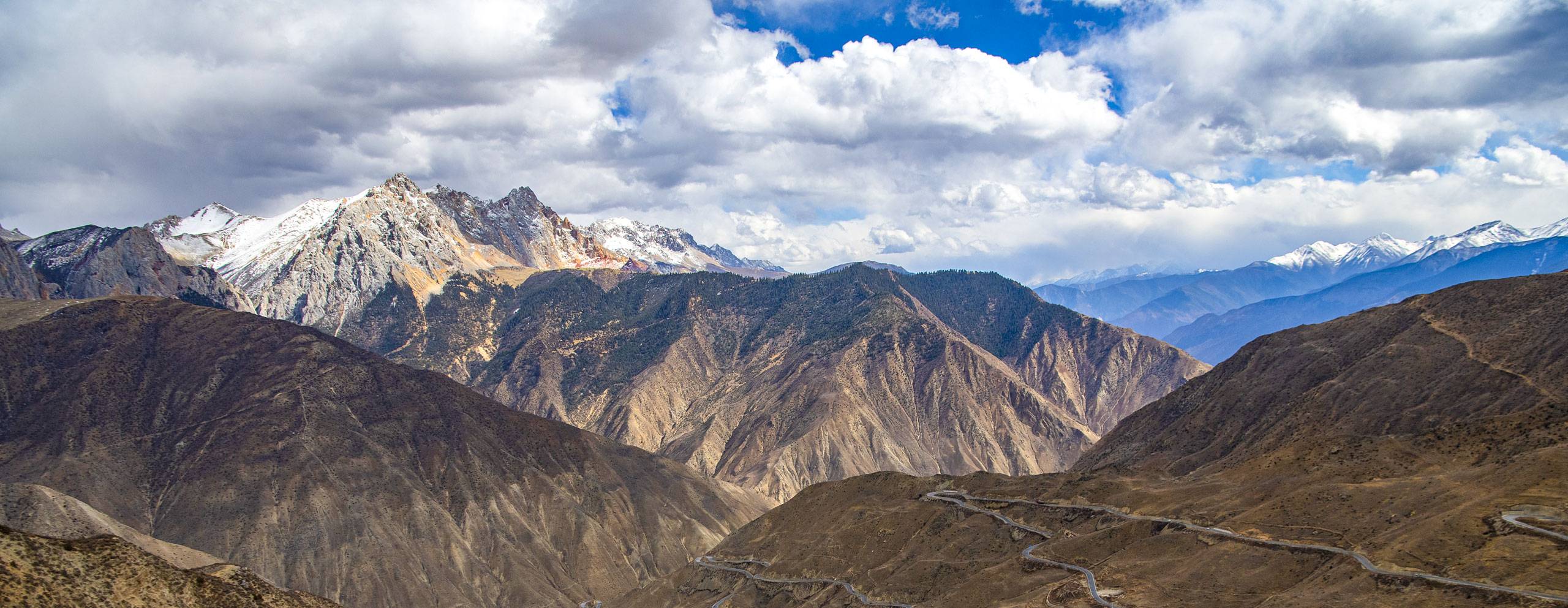
In early September 2017, PECC received reports from residents of Dongfang Village, Kunshan City, that the river was polluted. After many on-site investigations by PECC’s researchers, three polluted areas were found.

Figure 1: The specific location of the polluted areas
Under the leadership of the whistleblower, PECC discovered that a large amount of industrial solid waste (leather trimmings) and a large amount of incompletely incinerated leather waste were piled up in the river at the southeast corner of Kunshan Renfan Shoes Co., Ltd. These leather wastes and the incompletely burned leather seriously affected the water environment of the river. PECC’s staffs saw at the scene that the water in the river had been polluted black by industrial waste.

Figure 2: Random incineration of industrial wastes
Subsequently, PECC’s researchers also found that in the northeast of the river, there was a large amount of industrial waste after incineration, and some of the industrial waste has not been completely burned. Most of the industrial waste here was sponge, leaving a large amount of black slag. One meter away from the burning site is the vegetable field of the local farmers. According to local villagers, all the industrial waste burned here came from the surrounding enterprises and has been continuous.

Figure 3: Industrial wastes after incineration
The villagers also reported that the enterprise (Kunshan Renfan Shoes Co., Ltd.) discharged food waste directly into the river. Under the guidance of the villagers, PECC’s staffs found that the kitchen wastes and sewage from the enterprise’s canteen were not collected and treated in any way, and were discharged directly into the river through a white pipe.

Figure 4: Canteen sewage is discharged directly into the river
On October 17th, 2017, PECC submitted the “Research Report on Water Pollution in Dongfang Village, Kunshan City” to the environmental protection bureau.
On October 18th, after receiving the research report of PECC, Kunshan Environmental Protection Bureau attached great importance to it and immediately cooperated with the government of Zhoushi Town, the Zhoushi Town 263 Office and the Safety and Environmental Protection Institute to conduct an on-site inspection. A notice of the administrative guidance on environmental supervision was issued on the spot, requiring the company’s domestic sewage to be connected to the municipal sewage pipe network, and to entrust a qualified unit to dispose of it if the sewage pipe is not connected. And properly disposed of industrial solid waste in accordance with relevant national environmental protection laws and regulations.
On October 20th, Kunshan Environmental Protection Bureau convened the Zhoushi Town Government, the Zhenan Environmental Protection Institute, the Construction Management Institute, the Environmental Sanitation Institute, the Water Conservancy Station, the Urban Management Squadron and other functional departments to hold an on-site environmental improvement meeting with the village committee. The problems in the PECC’s research report were verified on-site, and a rectification plan was formulated. As of October 25th, the rectification was nearing completion and achieved the preliminary expected results.
On October 26th, at the invitation of Kunshan Environmental Protection Bureau and Zhoushi Town Government, PECC went to Zhoushi Town Government to participate in the summary meeting and on-site investigation. Xu Ming, deputy mayor of Zhoushi Town Government, made a live exchange on the relevant remediation work carried out in the area.

Figure 5: PECC went to the government of Zhoushi Town to participate in the summary meeting

Figure 6: PECC conducts on-site investigation again
PECC has been committed to environmental research on industrial pollution sources. We believe that a better environment requires the joint help of all parties. From October 17th to October 25th, in just 8 days, Kunshan Environmental Protection Bureau and Zhoushi Town Government took strong actions and enforced the law efficiently, which brought great changes to the environment in the region. PECC will continue to monitor pollution sources and promote more environmental problems to be solved.
On February 6th, 2018, PECC’s staffs came to the site again to investigate and found that the site had been completely renovated and the pollution problem had been resolved.

Figure 7: The river after remediation

Figure 8: The site after rectification

Figure 9: The scene around the canteen has been completely renovated
This project is Chang’an Charity - Environmental Protection Charitable Trust - Yangtze Qingliu Project.
Thanks to Chang’an Charity - Environmental Protection Charitable Trust for its financial support. The content and opinions in this article only represent the author’s personal views and have nothing to do with the position or policy of Chang’an Charity - Environmental Protection Charitable Trust.
